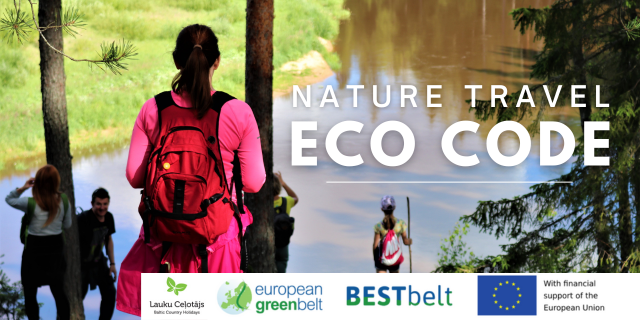Section 55. Žiogeliai – Merkinė.
Walking along the banks of Nemunas and Merkys valleys, dry pine forests are often visible. Dry pine forests are sparse, sunny coniferous forests that grow on infertile, sandy soils. The natural coniferous forests of the northern hemisphere are also called boreal forests. The existence of dry pine forests is under threat, as the soil is gradually becoming more fertile, uncharacteristic plants begin to grow in these forests, and the sparse forest is overgrown with thick spruces. In dry pine forests, there are species that do not live elsewhere, such as the sand lizard (Lacerta agilis). In dry pine forests, very important are elements of biological diversity, such as small forested meadows (glades) and snags – dry and dead trees and fallen deadwood – the remains of trees lying on the ground in different stages of decay. In dry pine forests, walkers will be delighted with lingonberries, beautiful juniper stands with healthy buds, and a variety of edible mushrooms.










